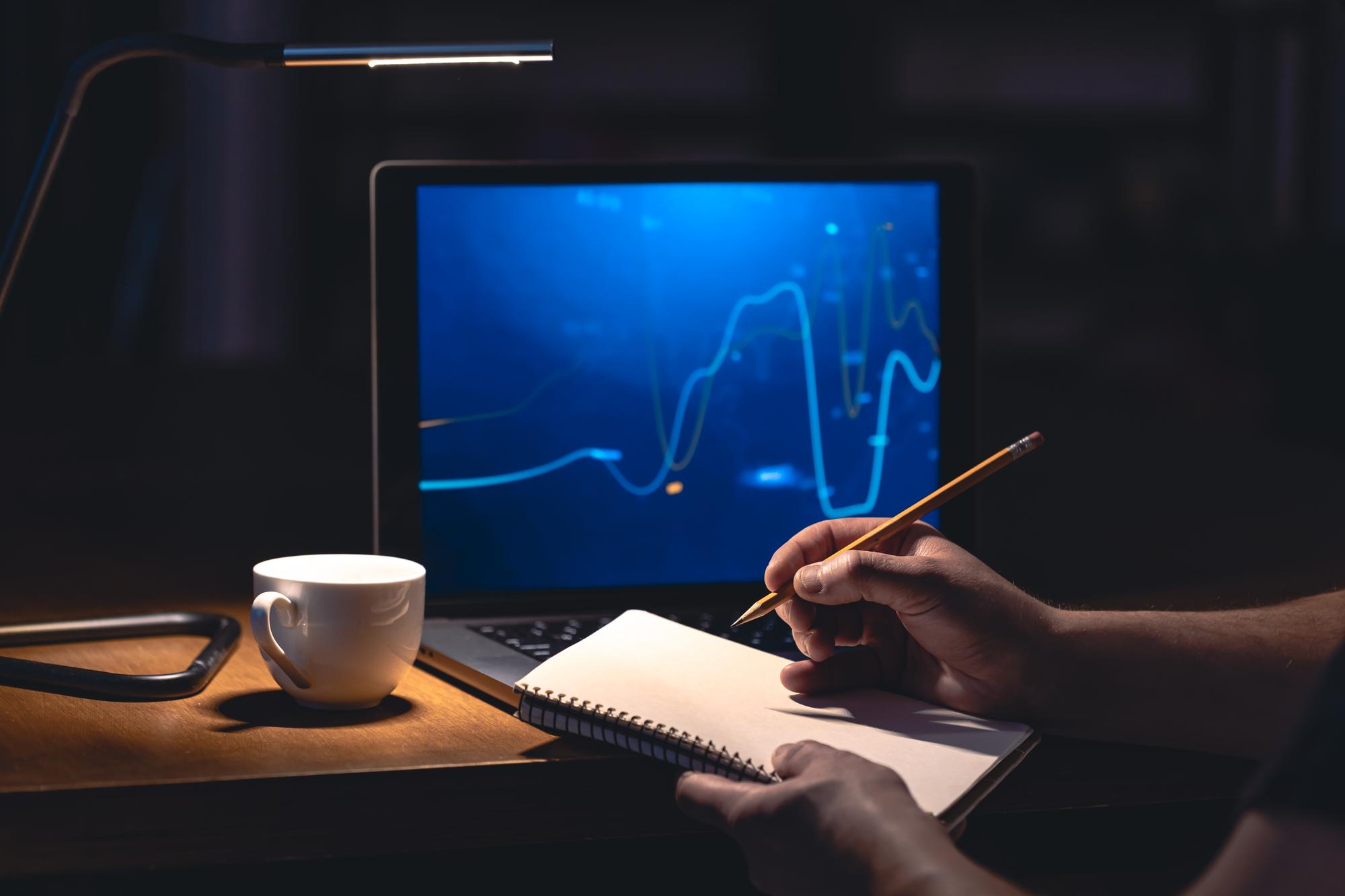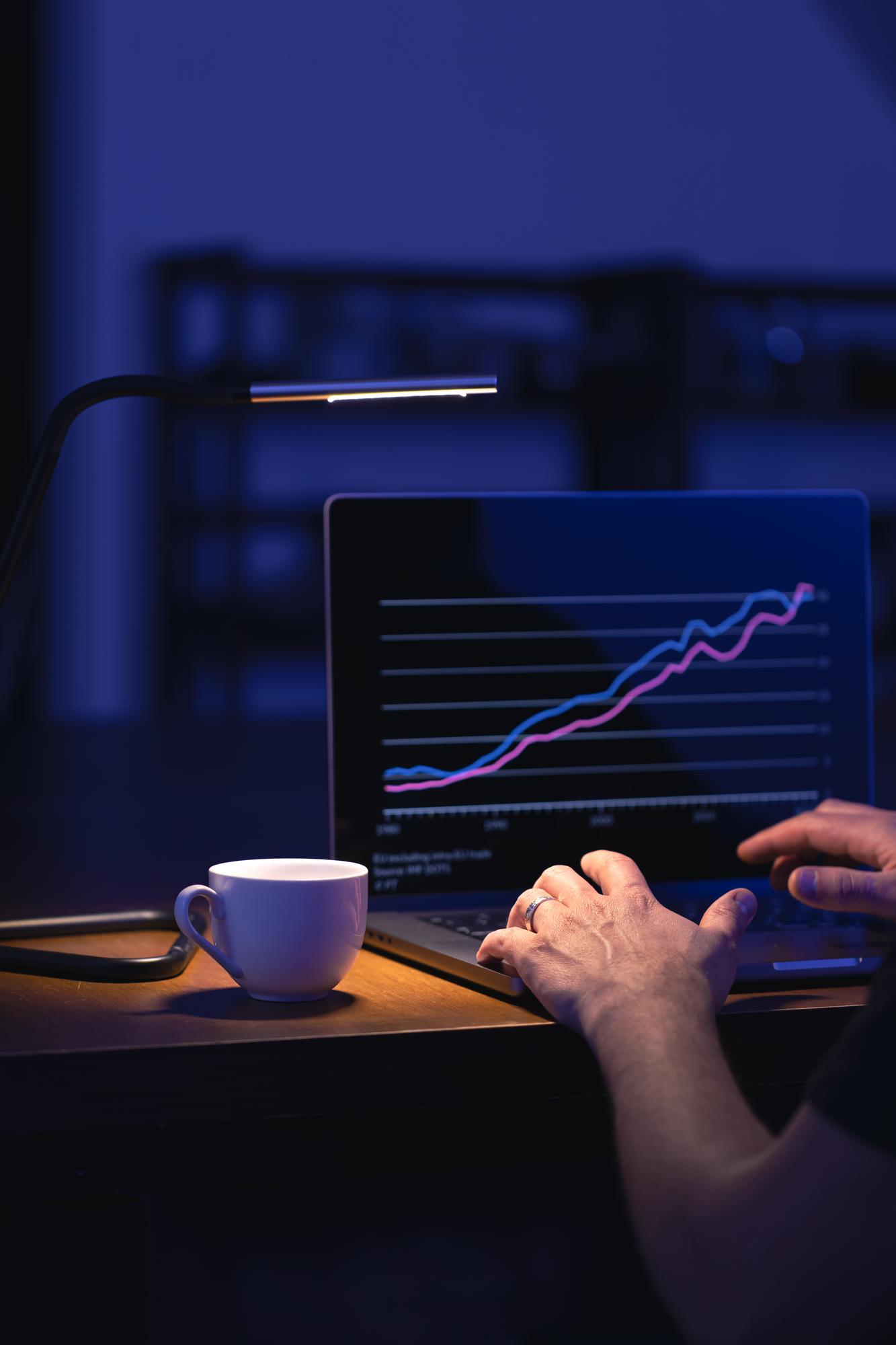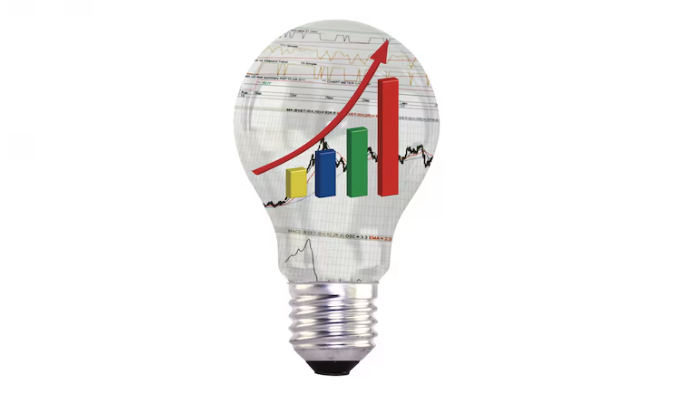Let me be clear from the start: I’m not a financial advisor, and this isn’t a step-by-step guide. These are just thoughts from an ordinary person who’s read a lot, tried a little, and wants to share a perspective. Maybe it’ll be useful to someone.
Let’s begin with the obvious — $250 isn’t a lot, but it’s not nothing either. It’s enough to start learning. And in my opinion, investing starts with learning, not with hitting the "Buy" button.
Learn first
Before putting money anywhere, I’d spend a portion — say, $20 to $30 — on a good book or basic course about personal finance and investing. There are plenty of resources out there that explain, in plain language, how markets work, what the different types of assets are, and why diversification matters.
Understanding the basics is protection against dumb mistakes.
Sure, spending 10% of your starting capital on theory sounds boring. But it’s better than losing 100% because of a hasty decision.
Build a cushion
The next step is to realize that investing without a financial cushion is just gambling.
If I didn’t already have at least a couple hundred dollars saved for emergencies, I wouldn’t invest the full $250. I’d probably keep half of it aside as a safety net.
Yeah, I know. That’s not exciting. But it’s smart.
Slow and steady
With the remaining $100–$120, I wouldn’t go all in. I’d start small — maybe $25 a month — and use that to learn by doing.
No pressure to pick the “perfect” investment. Just get used to the process: understanding how platforms work, how I feel when prices go down, how I react to news.
It’s not about timing the market. It’s about getting comfortable being in the market.

No hype, no shortcuts
I’d avoid anything promising quick profits, guaranteed returns, or “secret methods.” All of that is noise.
Financial freedom takes years to build — step by step, not in a single lucky trade.
Better to move slowly and stay in the game than to rush in and get burned.

The real goal: mindset shift
Investing isn’t just about money. It’s about habits, discipline, patience, and managing emotions.
If I can use that $250 to start thinking long-term — to stop seeing money as a way to “hit it big” — then that’s already a win.

In 2025, there’s a lot of hype around investing. But the fundamentals haven’t changed: patience, knowledge, and calm decision-making still work better than any trend.
If I were starting with $250 — I’d start with myself.

Solid mindset, BudgetNomad. The fact that you're focusing on learning and emotional control early on puts you ahead of a lot of people who jump in chasing quick gains. My only advice: track everything. Even small amounts. Seeing the long-term patterns — in your portfolio and your behavior — is more valuable than it seems. Keep going!
Appreciate that a lot, John. Totally agree — I’ve just started tracking things in a simple spreadsheet, and even after a month it’s eye-opening. Funny how much you can learn just by watching yourself. Thanks for the encouragement and solid tip — I’ll keep at it.
I just started this year too, and this post really resonated with me. Everyone online talks like you need $10k and a finance degree to even begin. Reading your thoughts made me feel like maybe I can do this one step at a time. Thanks for the honest take!
This is exactly the kind of voice the finance space needs — honest, grounded, and human. Keep sharing. You're not just investing money — you're investing in perspective, and that’s rare.
Wow, thank you — that really made my day. I’m just trying to stay real with it, and hearing that it connects with someone gives me even more motivation to keep writing and learning. Appreciate the kind words!